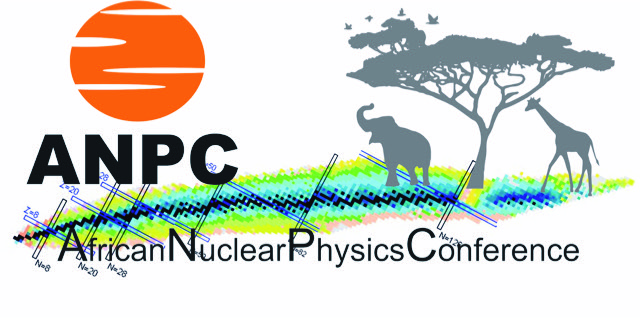Speaker
Description
The neutrinoless double beta (0???) decay of atomic nuclei is a possible way to access the nature and mass of the neutrino. These unknown features of the neutrino can be tackled by the 0???- decay experiments. In a simplistic picture the rate of 0??? decay depends on the second power of the double Gamow-Teller nuclear matrix element, M(0?) GTGT, containing virtual transitions through various multipole states J? of the intermediate nucleus. The matrix element is multiplied by the second power of the effective (quenched) value, geff A , of the weak axial-vector coupling gA. The coupling geff A plays an extremely important role in determining the 0???-decay rate since the rate is proportional to its 4th power. The quenching issue, as also the nuclear matrix elements calculated in different many-body formalisms, have become very important in the neutrino-physics
community due to their impact on the sensitivities of the present and future large-scale 0???-decay experiments. The effective value of gA can be studied in single beta decays of various kinds, as also in the nuclear muon capture which involves momentum exchanges of the same order (? 100 MeV) as the 0??? decay. In these cases geff A determines the beta-decay half-lives and spectrum shapes of the emitted electrons/positrons. It also determines the muon-capture rates together with the (effective) induced pseudoscalar coupling. Furthermore, recent experimental and theoretical efforts have lead to the first indications of a muon-capture giant resonance. The effective value of the axial coupling can have a strong impact on the beta-spectrum shapes, on 0???-decay rates and, e.g., the analysis of the reactor-antineutrino anomaly. These issues have been discussed in the recent review articles [1,2].
[1] J. Suhonen, Frontiers in Physics 5 (2017) 55.
[2] H. Ejiri, J. Suhonen, K. Zuber, Physics Reports 797 (2019) 1–102.

